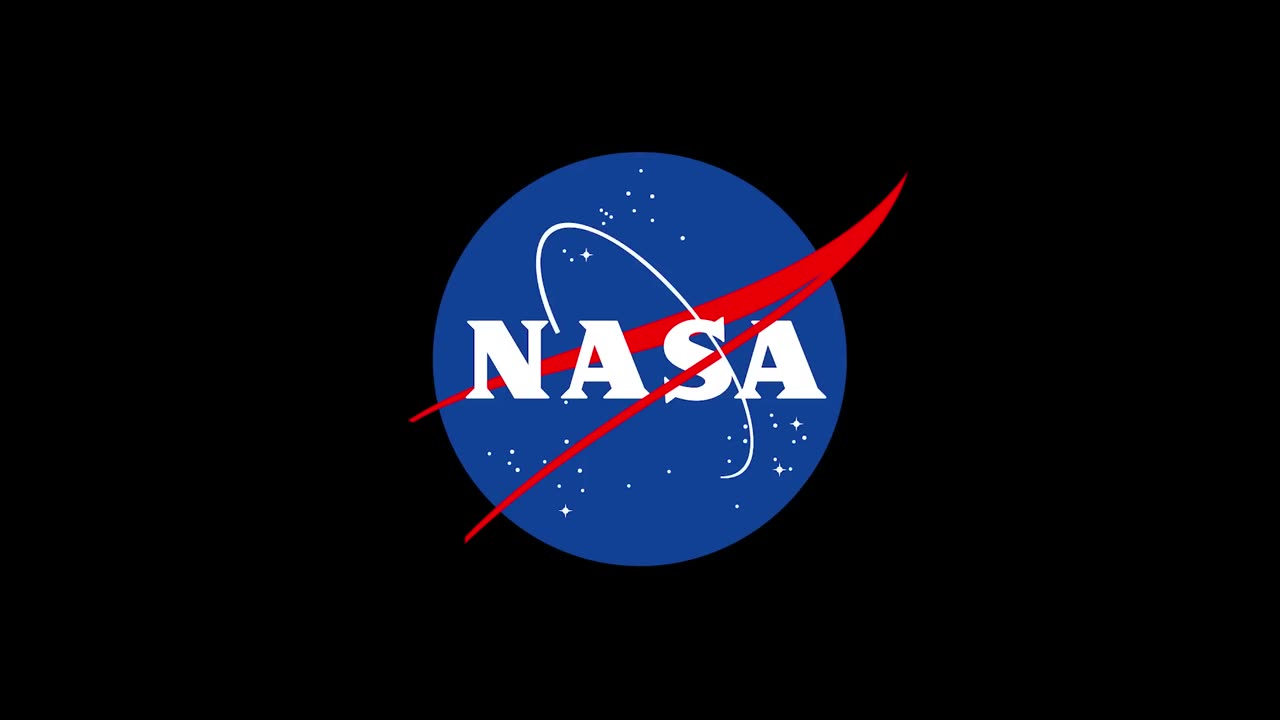Premium Only Content

New Supercomputer Simulation Sheds Light on Moon’s Origin
Formation Event: According to the Giant Impact Hypothesis, the Moon was formed approximately 4.5 billion years ago during the early stages of the solar system's formation. A Mars-sized celestial body, often called "Theia," is believed to have collided with the young Earth.
Violent Collision: The impact between Earth and Theia was incredibly powerful and violent. It's thought to have been a glancing blow rather than a direct head-on collision. The collision released an enormous amount of energy, causing both bodies to be subjected to intense heat and pressure.
Ejection of Material: The collision resulted in the ejection of a substantial amount of material from both Earth and Theia into space. This ejected material formed a large cloud or ring of debris surrounding Earth.
Moon Formation: Over time, the debris in the Earth's orbit began to coalesce and come together due to gravitational forces. This process ultimately led to the formation of the Moon. The material that formed the Moon primarily originated from the impactor (Theia) and Earth's outer layers.
Coalescence and Stabilization: As the Moon formed, it initially existed as a molten mass. Over millions of years, it gradually cooled and solidified. Eventually, the Moon's surface became stable, and it took on the familiar appearance we observe today.
-
 7:27
7:27
China Uncensored
7 hours agoChina’s DISTURBING Expansion in Africa
7503 -
 1:24:27
1:24:27
Redacted News
2 hours agoELECTION SHOCK! Canada Declares War on U.S. and Trump, India going to war with Pakistan? | Redacted
109K182 -
 1:18:53
1:18:53
vivafrei
5 hours agoCanada Elected a Globalist, WEF, 3-Passport-Carrying Manchurian Candidate! And Other News! Viva Frei
67K62 -
 1:30:14
1:30:14
Michael Franzese
3 hours agoFace to Face with a Former Mexican Mafia Hitman
30K2 -
 LIVE
LIVE
The Nima Yamini Show
3 hours agoOy Vey & Facts.. A Call In for the Misinformed
60 watching -
 2:11:38
2:11:38
The Quartering
6 hours agoNew Karmelo Anthony Video, Pride Collapses, Bill Belichick Elder Abuse, Trump Assassin Texts Drop!
154K38 -
 LIVE
LIVE
LFA TV
22 hours agoALL DAY LIVE STREAM - TUESDAY 4/29/25
511 watching -
 1:05:33
1:05:33
John Crump Live
2 hours ago $0.50 earnedOur Tier List ofAR-15s!
14.3K1 -
 1:19:07
1:19:07
The Confessionals
6 hours agoWhat If You Were Chosen for Battle in a Realm Where Darkness Rules?
15.4K3 -
 1:19:14
1:19:14
Awaken With JP
4 hours agoEpstein Victim: It Was Definitely a Suicide - LIES Ep 89
84.5K41